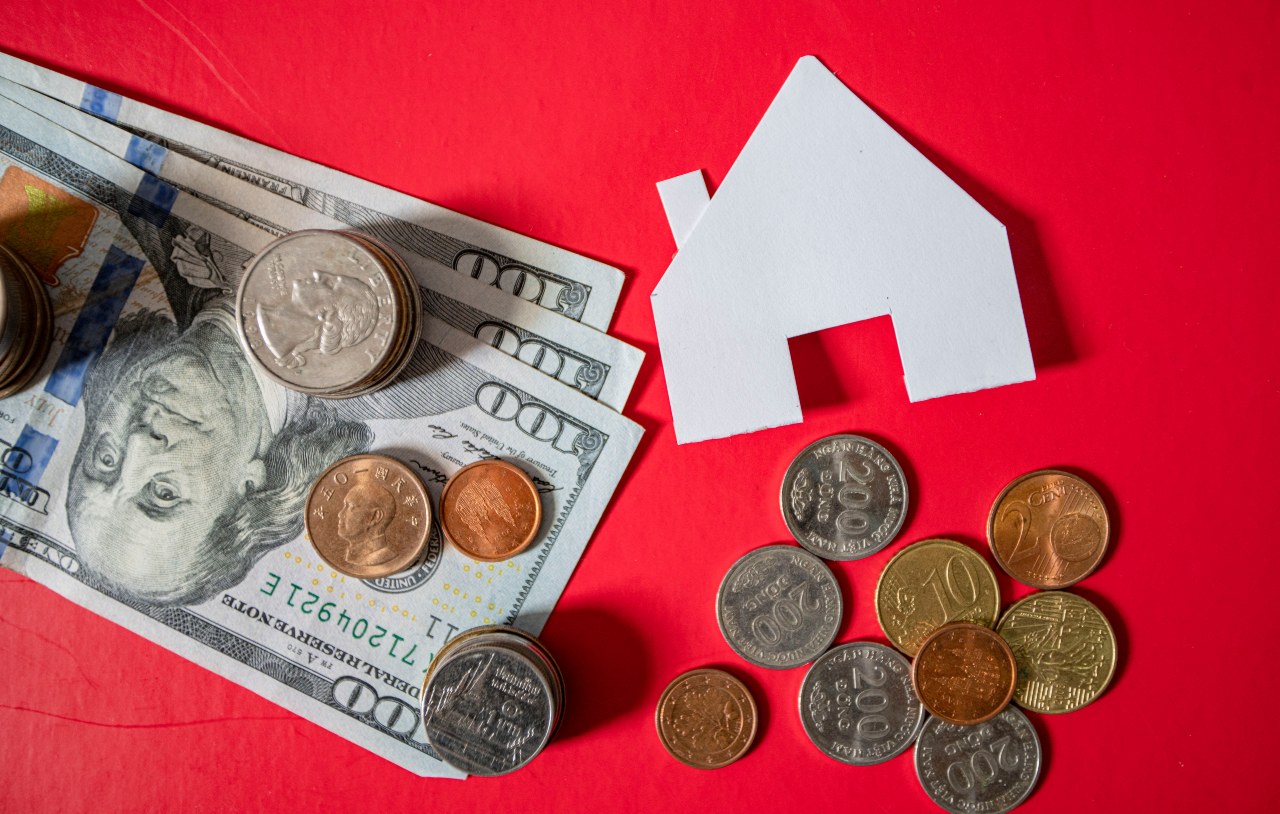Forex rate and interest rate are two major macro variables in the economy, and they alongside inflation take center stage in monetary management. The correlation between the two variables was specially visible in 2022, with the State Bank of Vietnam (SBV) pivoting around each of them in its monetary policy from time to time. Vietnam’s monetary policy is a multi-pronged one. Its flexibility is mirrored in any move made by the SBV, in line with the goal for each period. So, which of the two – forext rate or interest rate – is the primary goal of the SBV now?
The SBV’s move in early 2023
Recent developments of the open market operations hint at the goal of the monetary regulator for this period. The SBV has issued T-bills multiple times given ample liquidity on the interbank market, and has gradually lowered T-bill coupons, from an annual rate of 6% to the new low of 3.79% on February 14 for seven-day papers.
Taking advantage of ample liquidity on the interbank market, the SBV has lowered T-bill coupons with a tacit aim to push down the interbank rate. This move bucks the normal argument that the issuance of T-bills is aimed to drain money from the market and thus lower liquidity, which will spur the interest rate. Conversely, the interbank rate has also plummeted in line with the fall in T-bill coupons. Such a phenomenon can be attributed to the following reasons:
When commercial banks see a surge in liquidity, their demand to borrow on the interbank market will decrease. The issuance of T-bills by the SBV then will help absorb surplus capital on the market. The cashflow tends to return to the SBV as a deposit channel which is safer for banks than depositing their surplus capital at other credit organizations. And, as the cash flow finds the SBV’s T-bill channel as a safe haven, then the monetary regulator is vested with greater power in dictating the interbank rate to align with its goal via adjusting the coupon.
By lowering the T-bill coupon, the SBV sends a message that a liquidity surplus exists, and interest rates need to go down. Credit institutions with capital demand will also ask for lower interest rates with reference to the low T-bill coupon. In other words, they are not willing to accept a high borrowing rate like before, resulting in softer interbank rates.
This argument points to excessive liquidity, and borrowers are in a better position than lenders to negotiate interest rates. This situation is vouched for by the fact that despite large amounts of capital have been repeatedly drained by the SBV via T-bills, the market has seen no liquidity constraint, when sales of valuable papers via OMO have almost always found buyers. Using T-bills to push down the Interbank rate towards the target, in fact, was effectively emloyed by the SBV in 2019.
Back to the question whether lowering the T-bill coupon to push down the interbank rate hints at the SBV’s primary target to harness the interest rate.
Lowering interest rates is the suitable target now and reflects a flexible monetary policy. As it is widely perceived, 2022 witnessed a highly volatile forex rate that destabilized the macroeconomy, prompting the SBV to take the issue as the core of its monetary policy. One of the measures taken by the SBV was to sell foeign currencies and issued T-bills, spurring the interest rate on par with the rising U.S. dollar rate. A liquidity crunch and overheated interest rates on both Tier-1 and Tier-2 markets hindered capital absorption in the economy, impeding investment and production.
In early 2023, the macroeconomic picture turned brighter as the U.S. Federal Reserve conveyed a message on cutting short the rate hike roadmap. Investors expect the Fed to dial back the size of its rate hikes in the first half of 2023, meaning an insignificant rate rise for the entire year. Further, the Fed may also weigh lowering the federal funds rate in the subsequent years. The VND/USD exchange rate has been buoyed by the news, and the local currency has become firmer since the end of 2022. With a stable forex rate on the foundation of a more dovish policy by the Fed, the forex rate will find a better anchor this year, and therefore, the SBV will have a wider policy space over domestic interest rates to benefit the economy.
Furthermore, lowering interest rates is badly needed as businesses have been battered over the past year when lending rates were preventively high in 2022 coupled with a liquidity crunch, causing opportunities to evaporate, hampering economic growth and posing risks of bad debts for banks.

Will interest rates go down further in 2023?
First, we need to verify whether the interest rate is taken as the target of the SBV’s monetary management in 2023 or not.
It is apparent that Vietnam’s monetary policy follows flexibility, as it is a multi-pronged policy with the end purpose being macroeconomic stability. While the monetary policy in 2022 largely centered on forex rate stabilization, the first quarter this year has seen the interest rate becoming the SBV’s primary goal. This has been clearly seen in the move to lower T-bill coupons to press down the interbank rate as mentioned early on, regardless of the forex rate inching up when the interest rate contracted sharply.
Due to flexibility in choosing the target, the question whether the SBV takes the interest rate as its focal target for this year depends on the volatility of the interest rate as a policy variable.
As analyzed above, the forex rate has been underpinned following dovish moves by the Fed. The period of hawkish stance by the Fed has been over, giving a big sigh of relief for the global forex market. Therefore, a stable forex rate this year is highly likely, and therefore, the SBV will have wider policy space to regulate the Vietnam dong interest rate, with a tendency to lower the rate to support economic growth.
However, caution over the forex rate needs to be taken when the dollar interest rate continues to climb, without any certainty over how many more times the Fed will hike its funds rate this year. The SBV will still treat this variable with caution, as it may have impacts on the goal of the central bank in the coming periods this year.
Under the scenario the SBV will take issue with the interest rate this year, the question whether interest rates will fall further depends on the money supply, and whether the cashflow is favorable for the SBV to stick to its interest rate policy or not.
The SBV has been able to lower the market rate by lowering the T-bill coupon on the condition that the interbank market liquidity was richly ample. The strong liquidity since early this year can be attributed to slow credit disbursement and overflowing deposits since late 2022 due to steep interest rates.
As interest rates go down, the credit demand among the general public will be stimulated, especially credits for real estate and securities, resulting in quick capital drawdowns and thus exerting pressure on interest rates and causing difficulties for the SBV in pursuing its interest rate policy. But if the forex rate is maintained throughout the year, the SBV will be able to buy more dollars, thus pumping more Vietnam dong into the market. This was the main channel to pump Vietnam dong into the market and the focal monetary policy by the SBV in the 2018-2021 period.











